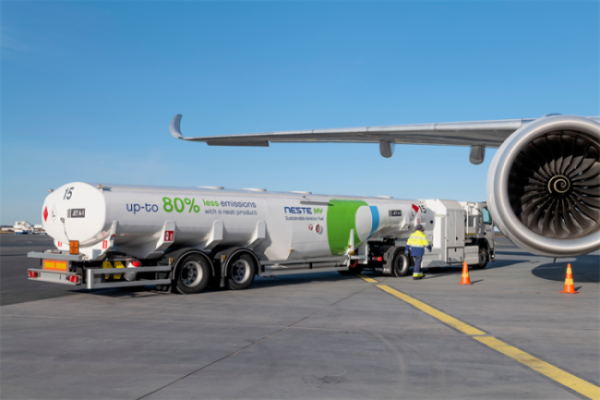Wind ships have gained attention in recent years as a potential solution to reduce emissions in the maritime industry. While they are not necessarily a complete revolution, they are considered a promising option to make shipping more sustainable.
The maritime sector is a significant contributor to global greenhouse gas (GHG) emissions, with global emissions from shipping spewing out 3% of GHGs, and finding alternative sources of propulsion is crucial for reducing its environmental impact. Wind ships are attracting the interest of scientists and engineers as they utilize wind energy to assist or replace traditional propulsion systems, such as engines or turbines, thus reducing fuel consumption and emissions.
1. Cargo ships
There are already 20 cargo ships in the world using wind-assisted technologies retrofitted to existing vessels as the maritime industry is racing against time to meet the Paris Agreement’s net neutrality targets by 2050.
Cargo ships powered by wind is obviously nothing new – but almost every large vessel operating today is powered by fossil fuels, leaving a lasting mark on the environment.
Dr Joseph Banks, Southampton’s Marine and Maritime Institute

“While new wind-assist technologies are being developed, many are not ready for market, and their predicted fuel savings have not been independently verified at sea. This is why UK-funded research projects like this are so important,” commented scientist Dr Joseph Banks, from Southampton’s Marine and Maritime Institute, leading the UK-funded project, Winds of Change, which is investigating the potential of the technology on cargo ships as part of efforts to decarbonise the maritime industry.
As part of the two-year development programme, scientists will test the impact of a retractable 20-metre-high FastRig wing sail retrofitted on commercial cargo ships.
“This is an innovative project because the technology can be retrofitted to pre-existing vessels to quickly reduce emissions from existing cargo ships and help create quieter, emission-free ships in the future. These ships will not harm ocean environments and improve air quality in ports, towns, and cities,” explained Banks.
Meanwhile, the first modern sailing cargo ship built from scratch — the Canopée — was built in 2022 by the French company Neptune, and has already started operating. The pioneer vessel was anchored in the port of Bordeaux in mid-May and enjoyed good health, with its eight sails/wings measuring 30 meters in height, after one of several trips made.

In Japan there is also a wind-assisted bulk carrier, while in the US there is growing demand for these solutions and a race is underway to build the first wind-powered container ship between Veer Voyage and Windcoop.
2. Green shipping
On March 22, the EU confirmed the world’s first green shipping fuels law by requiring ships to switch to sustainable fuels and at least 2% of the bloc’s shipping fuels to come from e-fuels derived from renewable electricity by 2034, at the latest.
Lawmakers also agreed new targets for shipowners to reduce the GHG intensity of the energy they use onboard by 2% from 2025 and 6% as of 2030. The figure will rise to 14.5% from 2035, 31% from 2040, 62% from 2045 and 80% from 2050.
With negotiations ongoing at the global shipping regulator — the International Maritime Organization (IMO) — the campaign group Transport & Environment (T&E) said the decision marks “the beginning of the end for dirty shipping fuels” and should provide inspiration for other countries around the world.
“Climate science clarifies that shipping must rapidly reduce emissions in the short term. Wind power harnessed using sophisticated digital software and well-engineered equipment is currently the fastest way for the sector to reduce fuel consumption and related emissions,” said Diane Gilpin, CEO of Smart Green Shipping.













